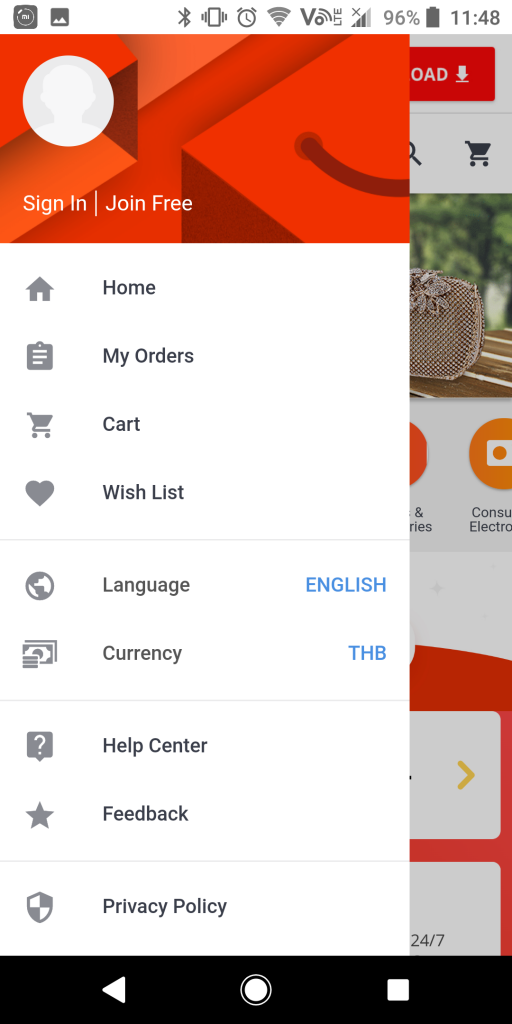Progressive Web Apps (PWA) might be a game-changer for businesses. Okay, that’s cool, but that’s so special about it? Do companies need to invest in developing an app? Are customers required to install an app? Nope. PWA works differently than a native app; websites implemented with the code allow sites to operate identically to a native app. No installs required. That’s pretty cool!
But, how cool is cool? Let’s take a quick look, shall we?
Why Do I Need Progressive Web Apps?
Let’s face it; a lot of us are not blessed with lightning fast internet speeds that allow us to surf wherever and whenever. A lot of people might still be using 2G internet and dial-up connections in the United States. It’s true. Therefore, the speed on the website is imperative to the success of your business and keeps customers engaged, 24/7. Furthermore, if your site loads longer than three seconds, you can kiss your possible conversion goodbye. At least 53% of users leave a website if it’s too slow!
With PWA, users can quickly browse through your website without app installs. For all intensive purposes, adding it to your site gives you the edge over your competition. PWA is super fast, user-friendly, reliable, and delivers a humanized experience.
AliExpress: Case Study
It’s not too late to hop on the bandwagon! Check out AliExpress, one of the largest shopping conglomerates on the internet. These are screenshots taken from my phone and at first glance, it looks like I’m using the app. The UX mirrors the app in every way; from the homepage, the deals, by clicking on the item of interest. However, the immersion breaks when I add a product to my cart. The website prompts me to either proceed using Chrome or switch to the app which is fine.






According to a case study, when AliExpress changed to PWA, the e-commerce conglomerate observed a staggering 104% in conversions, twice as many people visited per session per user across browsers and achieved a 74% increase in per session across browsers. Furthermore, an astonishing 82% converted from Safari. Holy hell, excuse the language.
Nifty, eh? When businesses adopt this type of approach, it’s more likely audiences will convert into impressions. No one wants to install unnecessary apps to browse its contents. With PWA, customers can get to the heart of the inquiry without worrying about cluttering their phones with apps. Furthermore, most PWA pages allow users to save the sites directly to their home screen with ease!
What do you think about progressive web apps? Do you think it’s something you’ll invest in? I think it’s a cool feature to have now that audiences are mobile-dependent.
To build your first PWA, here’s a checklist you need to do before implementing it. Need more information? You can always talk to our experts! Don’t worry, we don’t bite!
Sincerely,
Narisa (The Wordsmith)

